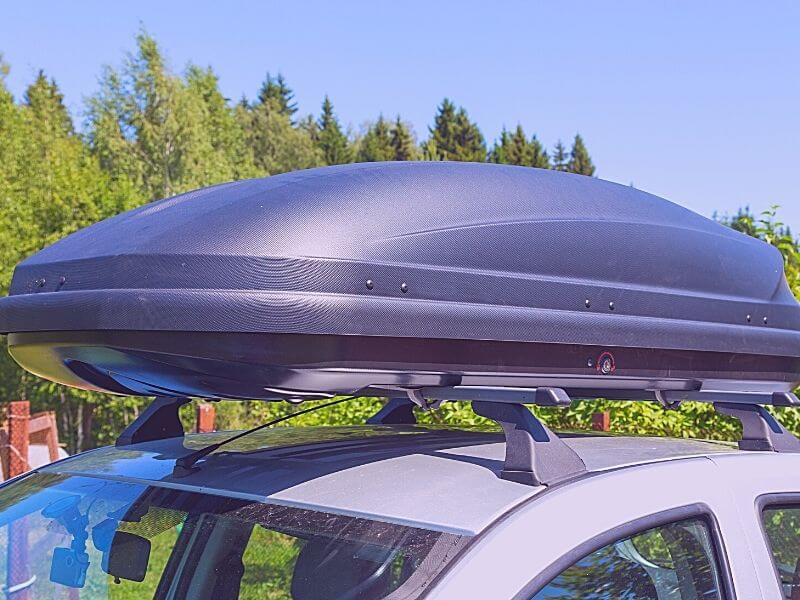Imagine yourself embarking on a road trip, with the wind in your hair and the open road ahead. You’ve packed everything you need for an amazing adventure, but suddenly realize your car’s trunk is overflowing. Don’t fret! Our incredible product, “How to Use a Roof Top Bag with a Sun Roof,” is here to save the day. This genius solution allows you to utilize your vehicle’s sun roof to effortlessly transport your extra luggage, without compromising your comfort or safety. No more dealing with cramped spaces or sacrificing legroom – this product provides the perfect solution for any traveler in need of some extra storage space.
Choosing the Right Roof Top Bag
When selecting a roof top bag, it’s essential to consider the size and capacity of the bag. Assess your needs and determine the amount of storage space required for your belongings. Are you planning a weekend getaway or a longer trip? Make sure the bag can accommodate all your essentials without being too bulky or overwhelming for your vehicle.
Compatibility with your vehicle’s roof rack is another crucial factor to consider. Different roof racks have varying designs and attachment mechanisms. Ensure that the roof top bag you choose is compatible with your particular roof rack model. This will ensure a secure and stable fit, minimizing the risk of the bag shifting or coming loose during your journey.
In addition to size and compatibility, it’s important to check for weatherproof and durable materials. Your roof top bag will be exposed to various weather conditions, so it’s crucial to choose one that can withstand rain, snow, and even intense sunlight. Look for bags made from waterproof materials such as PVC or nylon, and ensure that the seams are reinforced for added durability. This way, you can have peace of mind knowing your belongings will stay dry and protected regardless of the weather.
Preparing Your Sun Roof
Before installing the roof top bag, it’s essential to clean and inspect your sunroof. Remove any dirt or debris that may have accumulated in the sunroof tracks or around the edges. Wipe down the glass and ensure there are no cracks or damages that could potentially worsen during your trip. This step not only helps to maintain the quality of your sunroof but also ensures a smooth operation without any obstructions.
Additionally, check the condition of the sunroof seal. Over time, the seal may deteriorate and develop cracks, resulting in water leaks and potential damage to the interior of your vehicle. Test the seal by pouring a small amount of water around the edges of the sunroof and observe if there are any signs of leakage. If you notice any issues, it’s advisable to get the seal repaired or replaced before proceeding with the installation of the roof top bag.
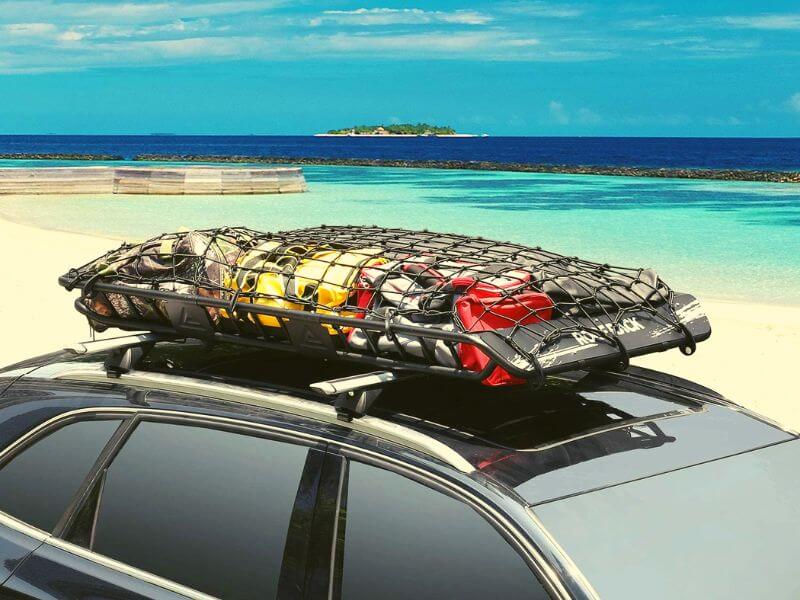
This image is property of www.familyroadtrip.co.
Securing the Bag to Your Roof Rack
To secure the roof top bag to your vehicle’s roof rack, first, position the bag on the rack. Ensure that it is centered and aligned with the roof rack’s crossbars. This will help to distribute the weight evenly and prevent any imbalance that may affect your vehicle’s stability during the drive.
Next, attach the bag to the roof rack using the provided straps. Most roof top bags come with adjustable straps that allow for a secure fit. Follow the manufacturer’s instructions to properly fasten the bag to the roof rack. Ensure that the straps are tightened enough to prevent any movement or shifting of the bag during transit.
It is crucial to ensure a tight and secure fit of the roof top bag. Loose or improperly secured bags can create unnecessary wind resistance and increase the risk of accidents or damage to your vehicle or other drivers on the road. Take the time to double-check the straps and ensure that everything is tightly secured before hitting the road.
Protecting Your Sun Roof
Using a protective mat or padding between the roof top bag and your sunroof can provide an extra layer of protection. This will help prevent any potential scratches or damages to the sunroof caused by friction or movement of the bag during the journey. A non-slip mat or soft padding can effectively absorb any vibrations and impacts, ensuring that your sunroof remains in pristine condition.
Avoid overloading the roof top bag beyond its recommended weight capacity. Overloading can not only strain the bag but also put excessive pressure on your sunroof and the roof rack. Be mindful of the weight limit specified by the manufacturer and distribute the load evenly. This will help maintain the stability and balance of your vehicle while also protecting your sunroof from unnecessary stress.
Regularly check and adjust the roof top bag during your trip to ensure it remains tightly secured and in the proper position. Vibrations from the road and wind resistance can potentially loosen the straps or cause the bag to shift slightly. By periodically inspecting and re-securing the bag, you can minimize any risks and maintain the integrity of your sunroof.
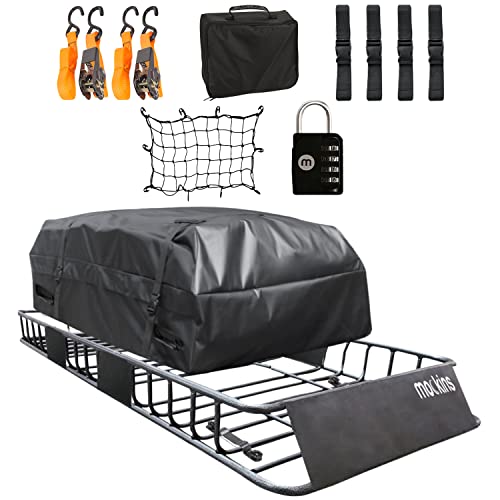
This image is property of Amazon.com.
Loading and Organizing your Items
When loading your belongings into the roof top bag, it’s important to consider the weight and distribution. Place heavier and bulkier items at the bottom of the bag, closer to the vehicle’s roof. This will help maintain the stability of your vehicle by keeping the center of gravity lower. Lighter items can be placed on top.
Additionally, distribute the weight evenly across the bag. This will ensure that the load is balanced and minimize any strain on the roof rack or the vehicle’s suspension system. Unevenly distributed weight can affect the handling and performance of your vehicle, especially during turns or sudden maneuvers.
Consider using packing cubes or bags to further organize your items within the roof top bag. These compartments can help separate different categories of belongings, making it easier to locate and access specific items without having to rummage through the entire bag. It also prevents your items from shifting around excessively during transit, reducing the risk of damage.
Securing and Locking the Bag
Before hitting the road, double-check the straps to ensure they are tightened securely. Any loose straps can become hazards and potentially cause accidents. Take the time to inspect each strap, making sure they are fastened tightly and free from any twists or knots that could compromise their integrity.
If you want an additional layer of security, consider using lockable straps. These straps can be locked with a key or combination, providing peace of mind knowing that your belongings are safe and protected. Lockable straps act as a deterrent against theft, reducing the risk of unauthorized individuals accessing your roof top bag.
For added protection against theft, there are various anti-theft devices available on the market specifically designed for roof top bags. These devices come in different forms, such as lockable zippers or cable locks, further enhancing the security of your belongings. Investing in such anti-theft measures can provide you with an extra level of assurance during your travels.

This image is property of i.ytimg.com.
Driving with the Roof Top Bag
When driving with a roof top bag, it’s important to adjust your driving habits accordingly. Maintain appropriate speeds that are within legal limits and conducive to the road conditions. Avoid excessive acceleration, abrupt braking, or sudden maneuvers that may put additional stress on the roof top bag, roof rack, and your vehicle.
Be mindful of height clearances, especially when entering parking garages, drive-throughs, or areas with low-hanging obstacles. The additional height added by the roof top bag may limit your clearance and cause potential damage to both the bag and your vehicle. Always be cautious and aware of your surroundings to prevent any accidents or damages.
Wind resistance is another factor to consider when driving with a roof top bag. The increased surface area of the bag can create wind drag, affecting your vehicle’s aerodynamics and fuel efficiency. Be prepared for some extra noise generated by the wind passing over the bag. Adjust your driving accordingly, and consider reducing your speed to minimize any negative impact on fuel consumption.
Maintaining and Storing the Roof Top Bag
After your trip, it’s important to clean and dry the roof top bag before storing it. Remove any dirt, dust, or debris that may have accumulated during your journey. Use a mild soap and water solution to clean the bag, ensuring that all surfaces are thoroughly washed. Allow it to air dry completely before storing to prevent the growth of mold or mildew.
During the post-trip inspection, check for any signs of damage or wear on the roof top bag. Look for any tears, punctures, or weakened areas that might compromise its integrity. It’s essential to address any damages promptly to avoid further deterioration. Depending on the extent of the damage, it may be necessary to repair or replace the bag before your next trip.
When storing the roof top bag, choose a cool and dry place. Excessive heat or moisture can damage the materials and cause mold or mildew growth. If possible, store the bag in a dustproof bag or cover it with a protective sheet to further ensure its longevity. By taking proper care of your roof top bag during storage, you can extend its lifespan and maximize its usefulness for future adventures.
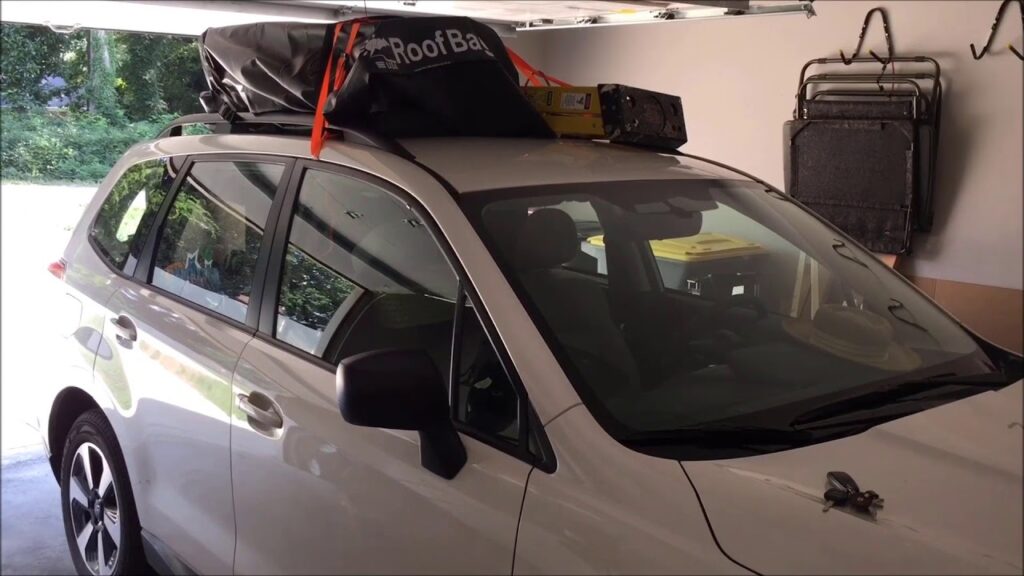
This image is property of i.ytimg.com.
Using the Sunroof while the Bag is Installed
If you have a sunroof and wish to use it while the roof top bag is installed, it’s important to exercise caution. Open the sunroof partially rather than fully to minimize the risk of objects inside the bag interfering with its operation. This ensures that the sunroof can open and close smoothly without any obstructions.
Avoid opening the sunroof at high speeds or while driving on bumpy roads. The wind caused by high speeds can create additional strain on the sunroof seal and the bag itself. It’s advisable to wait until you have come to a complete stop in a safe location before opening or closing the sunroof.
While utilizing the sunroof with a roof top bag installed, be aware of the potential for water leaks or damages. Even with a properly sealed sunroof, driving in heavy rain or going through car washes may still result in water seeping through any small gaps or imperfections. It’s prudent to regularly check the interior for any signs of water leakage and address them promptly to prevent any damage to your vehicle’s interior.
Final Thoughts and Safety Considerations
Always follow the manufacturer’s instructions and guidelines when using a roof top bag. They provide essential information regarding weight limits, proper installation, and other safety considerations specific to the bag you have chosen. By adhering to these instructions, you can ensure the optimum performance and longevity of your roof top bag.
Be aware of the added height and weight that the roof top bag contributes to your vehicle. This will affect your vehicle’s center of gravity and may require adjusting your driving techniques and braking distances. Increased height may also affect the vehicle’s stability, especially during high winds or when traveling at higher speeds. Stay alert and drive responsibly to mitigate any risks associated with the additional load on your vehicle.
If you are unsure about installing the roof top bag yourself, consider seeking professional installation. Professionals have the expertise and knowledge to properly secure the bag to your vehicle, ensuring a safe and secure fit. They can also provide additional guidance on loading your belongings and offer tips specific to your vehicle and the roof top bag.
Using a roof top bag with a sunroof can greatly enhance your storage capabilities for road trips and adventures. By choosing the right size and capacity, ensuring compatibility with your roof rack, and selecting materials that are weatherproof and durable, you can have peace of mind knowing that your belongings are safe and secure. Following the proper installation and maintenance steps, as well as driving responsibly, will further ensure a smooth and enjoyable journey with your roof top bag.
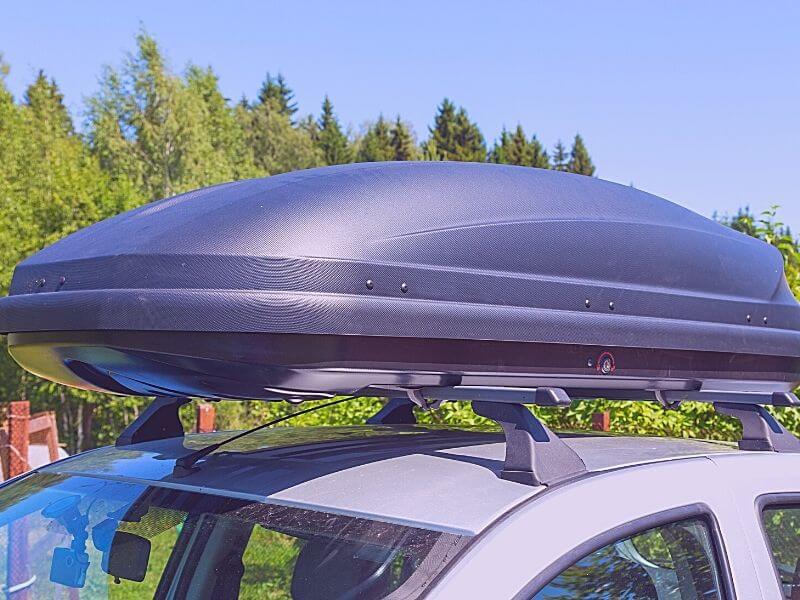
This image is property of www.familyroadtrip.co.

